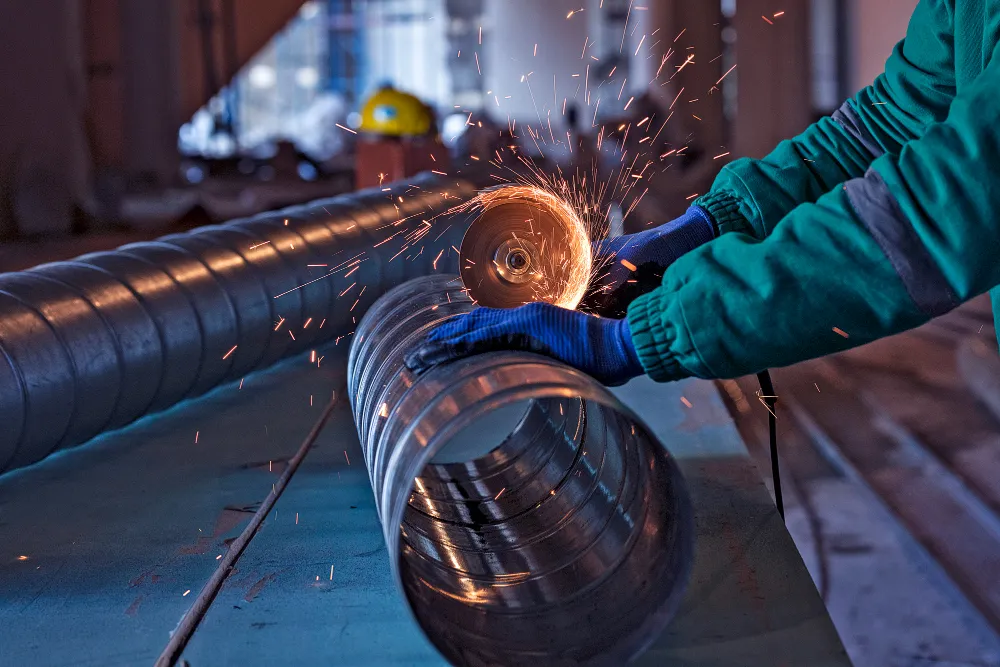Handling iron products is a common task in a variety of industries, from construction to manufacturing. Although it can be an everyday task, safety during the handling of iron products is essential to prevent injury and ensure a safe working environment. In this article we will explore some key guidelines to ensure safety when handling metalworking products.
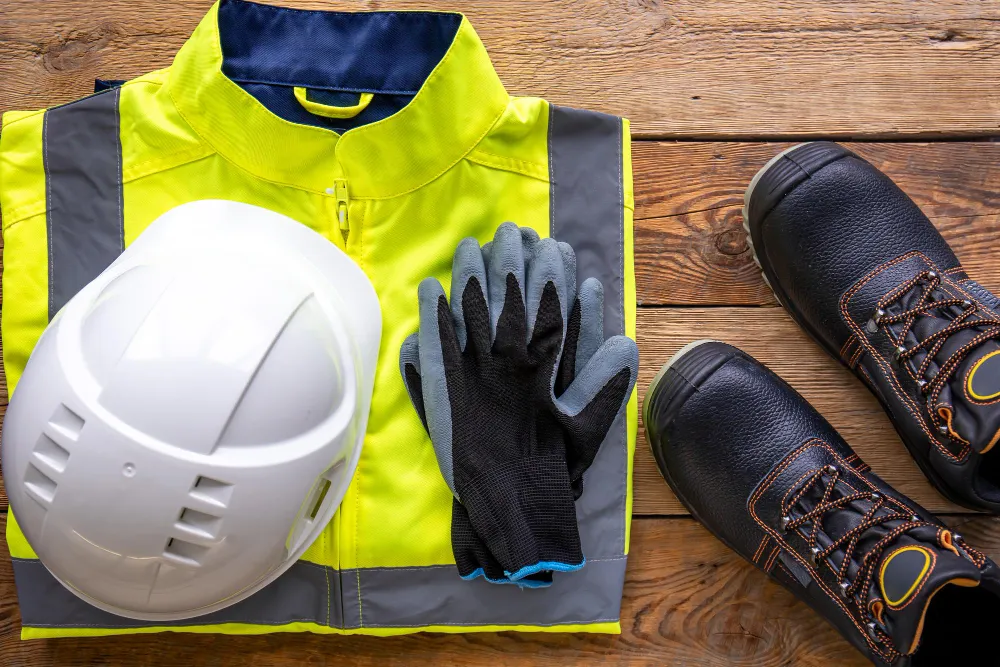
Personal Protective Equipment (PPE):
The first step to safe handling of iron products is the proper use of personal protective equipment (PPE). This includes cut-resistant gloves, safety glasses, and, in some cases, safety footwear. Using the proper PPE provides an additional layer of protection against cuts, impacts, and other hazards associated with handling iron products.
Training and Knowledge:
Before handling iron products, it is crucial that workers receive proper training on best safety practices. This includes proper lifting techniques, tool handling and understanding the potential hazards associated with different shapes and sizes of iron products. Sound knowledge reduces the likelihood of accidents and injuries.
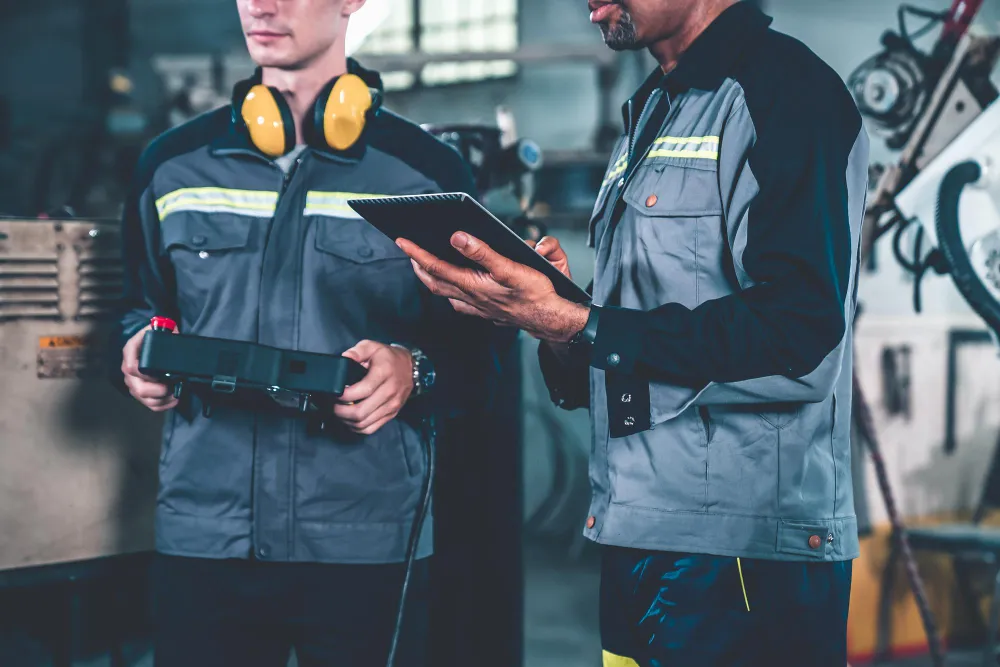
Inspection of tools and equipment:
Before starting any handling task, it is essential to inspect the tools and equipment used. Make sure tools are in good condition, with no dull edges or defective parts. This not only improves efficiency, but also reduces the risks of injury related to defective tools.
Safe lifting techniques:
Handling iron products very often involves lifting and carrying heavy loads. Use safe lifting techniques, such as bending your knees and keeping your back straight when lifting. Avoid sharp turns while holding a load and make sure help is available when needed.
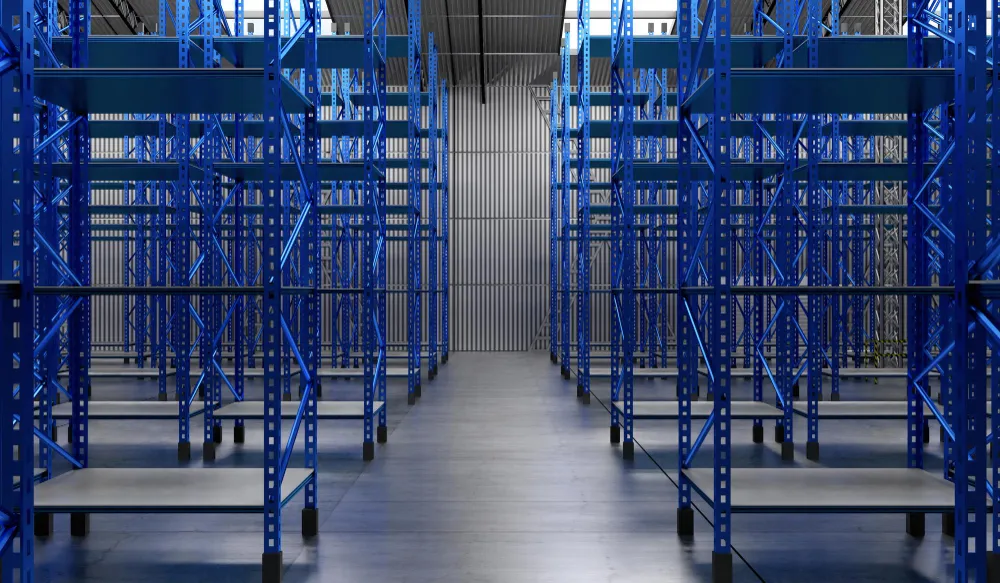
Storage:
Keep storage areas neat and organised. Storing iron products in an orderly manner not only makes them easier to access, but also reduces the risk of falls and injuries caused by misplaced objects.
Signage and Labelling:
Use clear signage and labelling to indicate areas for handling iron products and to highlight potential hazards. This will alert workers to the need for extra precautions in specific areas.
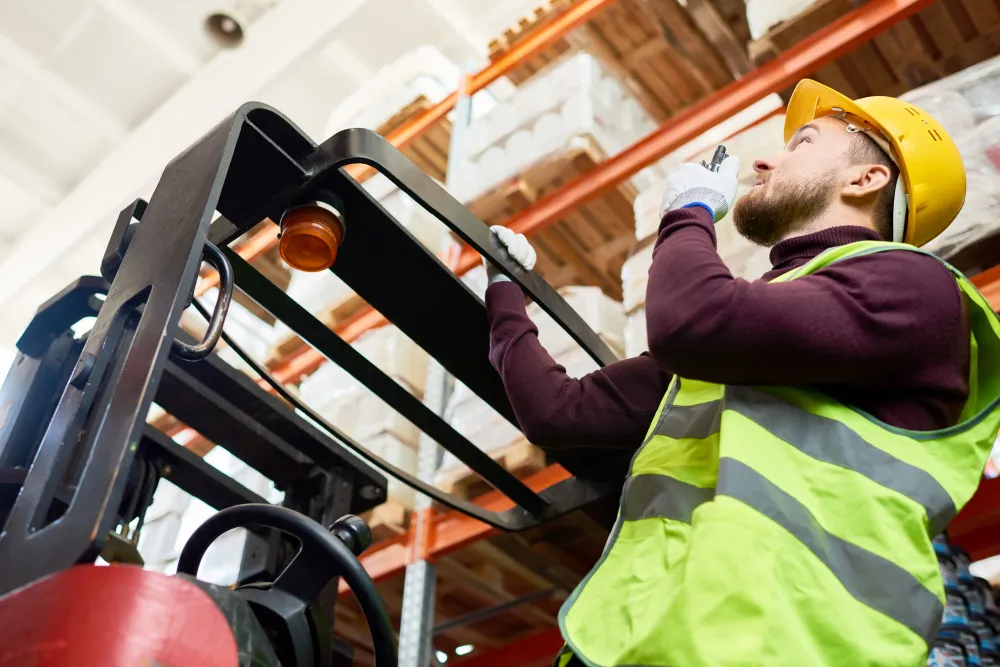
Appropriate Lifting Equipment:
Where lifting equipment needs to be used, ensure that it is in good condition and suitable for the task. Follow the manufacturer’s instructions and carry out regular inspections to ensure they are in good working order.
By implementing these guidelines and promoting a culture of safety, we can minimise risks and create a safer working environment for everyone.
Remember, safety must always be the number one priority.

